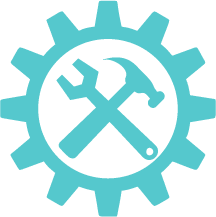
My Portfolio
Communication at Work
A transition portfolio is a collection of items that demonstrate your knowledge, skills, interests, needs, and goals. Fill out the form below and use it as a starting point for a new portfolio or add it to a portfolio you already have.
- Enter your name.
- To save your form, enter your email address or your instructor’s email address. This form will only be sent to the email address you enter.
- Answer each question and fill out the form.
- Click Submit and check your email.
- Now you can print the document or save it as a digital file to add to your transition portfolio.


